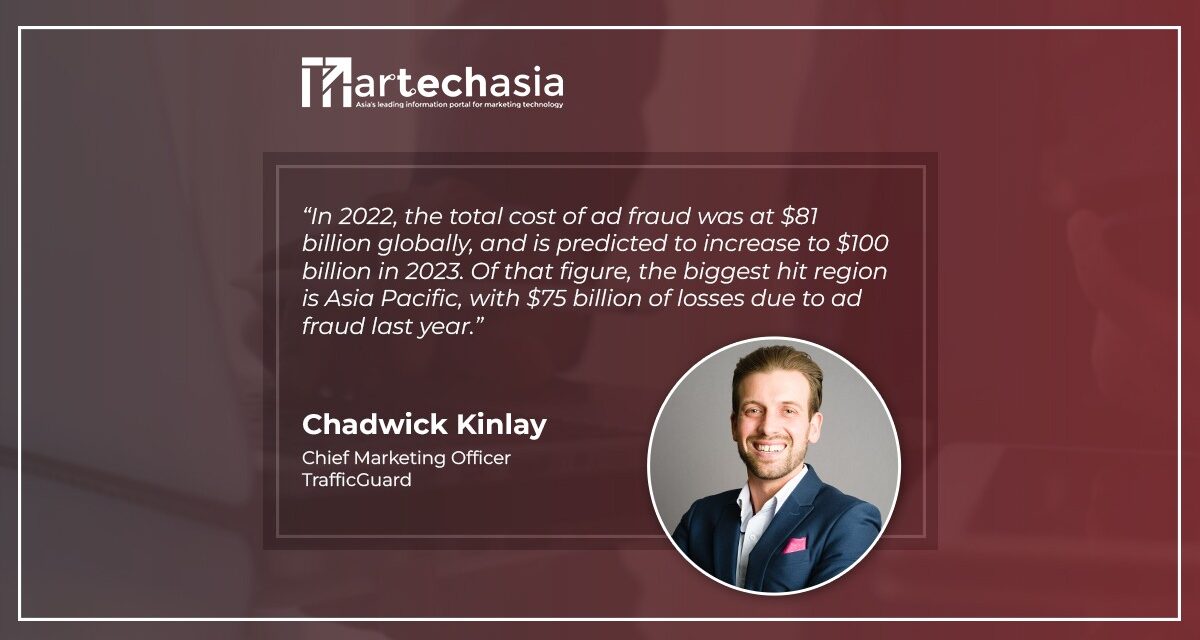Bots make up to 80% of all invalid traffic for travel advertisers, a stark contrast to the 15% to 30% affecting other industries. Marketers who are hoping to capitalise on the gold rush of post-pandemic travel should bear in mind the threat ad fraud poses.
The travel industry has picked up significantly, and fast, since borders around the world have been reopening post-pandemic. Despite inflation and rising costs of living, the global tourism sector in 2023 is projected to see a 20% increase as people are willing to spend even more than before, to make up for the past two years of missed opportunities.
With the industry booming, marketers may be eager to capitalise on this gold rush by directing their marketing budgets to digital platforms. However, they need to be aware of the increasingly malicious bots that are just as eager to cash in. Furthermore, travel has always been an industry with the highest number of ad fraud, with bots making up to 80% of all invalid traffic. This is a stark contrast to the 15 to 30% affecting other industries.
In 2022, the total cost of ad fraud was at $81 billion globally, and is predicted to increase to $100 billion in 2023. Of that figure, the biggest hit region is Asia Pacific, with $75 billion of losses due to ad fraud last year. Singapore also has the highest number of desktop ad fraud rates in the world, followed by Vietnam and other APAC markets not far behind. This puts organisations in the region at an even higher risk of being targeted by bots.
Protecting Ad Budgets in the Travel Industry: The Power of Early Fraud Detection
Recent data gathered by TrafficGuard has found that there has been 6 times more invalid traffic in campaigns without any form of anti-fraud protection. Combined with the fact that the travel industry is most vulnerable to ad fraud, marketers and advertisers in the region must take extra precaution to ensure that their budgets aren’t travelling down the wrong path. The first step towards making this happen is to start including the adoption of ad fraud technology as part of any ad campaign.
It is important to note that ad fraud is irreversible. Which is why every dollar invested should be safeguarded from the get go. Instead of trying to mitigate ad fraud at a later stage where often the damage is already done, organisations should shift their mindsets to prioritise ad fraud from ground zero. Implement ad fraud detection with the right technologies from the start, so that budgets are well-spent and ads actually reach the intended audience.
Of course, this means that CMOs have a big role to play, as they should not only initiate ad fraud prevention as a core protection tool, but also be able to advise on the appropriate ad fraud technologies suitable for the business. As top level managers, CMOs need to bring up ad fraud as a topic of discussion at a boardroom level as it has a direct impact on the business bottom line. This is so that the organisation can begin to make cultural changes from within, to include fraud prevention as a priority.

Tackling ad fraud in 2023 and beyond
Every day, fraudsters are looking for new ways to hack into the online advertising ecosystem. Ad fraud will continue to become more sophisticated, making it difficult to detect and prevent. From click fraud, ad stacking to botnets, scammers are out there targeting advertisers with numerous tactics up their sleeves the moment an ad campaign is launched. Mobile in particular, is said to be the most targeted platform moving forward, with an estimated total cost of mobile ad fraud to be at $12.6 billion in 2023. This can be highly detrimental for airlines and online travel agencies as they struggle with malicious attacks like data scraping by bad bots while their travel mobile apps suffer an invalid install rate as high as 45% in 2022, according to TrafficGuard’s Platform Data.
With large sums of investments poured into digital marketing, CMOs and the wider management need to keep themselves in the know of any potential risks. More importantly, organisations should work with trusted partners who are experts in the field to ensure that their ad spend remains unhampered. Having a good ecosystem of knowledge sharing among industry peers is another way to ensure that ad fraud continues to be top of mind, so they don’t send the industry packing. If ad fraud protection can make its way to become a vital part of every marketing and technology stack, the travel industry as a whole will already be a step ahead to solving the problem.


















